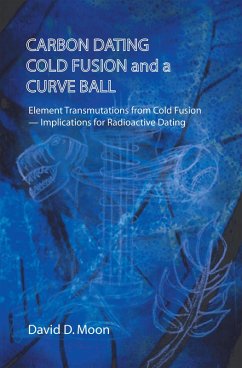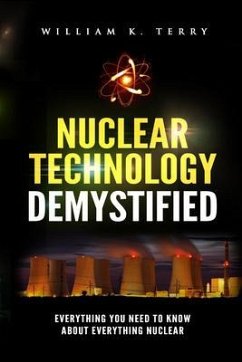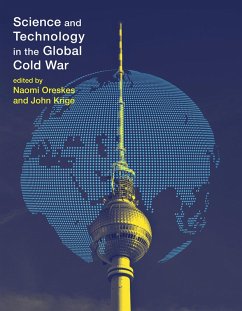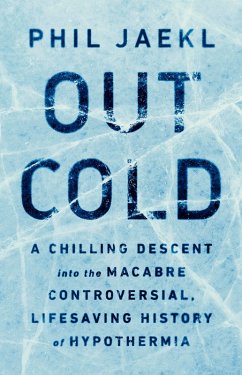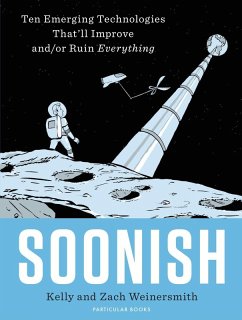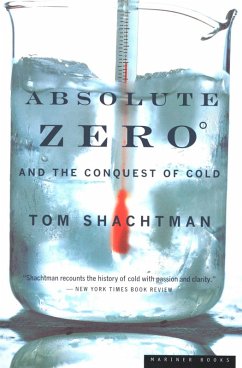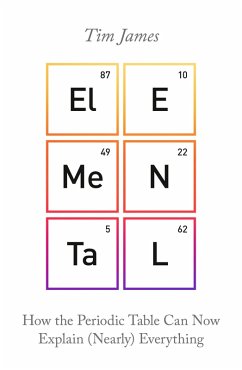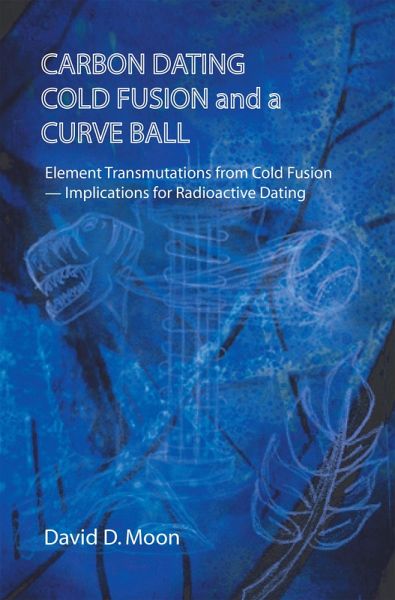
Carbon Dating, Cold Fusion, and a Curve Ball (eBook, ePUB)
Versandkostenfrei!
Sofort per Download lieferbar
5,99 €
inkl. MwSt.
Weitere Ausgaben:

PAYBACK Punkte
3 °P sammeln!
Paleontologists and geologists are interested in the ages of fossils, rocks, and minerals, from which they deduce the ages of geologic strata in the Geologic Column. Scientists make use of radioactive dating methods, such as the radioactive decays of carbon 14, uranium 238, and thorium 232 in fossils and minerals. Accurate age determinations depend on knowing the rate of the radioactive emissions and the relative amounts of initial and product elements in the decay series. However, if an interfering nuclear change took place earlier, the perceived age of the earth deposit would have to be wro...
Paleontologists and geologists are interested in the ages of fossils, rocks, and minerals, from which they deduce the ages of geologic strata in the Geologic Column. Scientists make use of radioactive dating methods, such as the radioactive decays of carbon 14, uranium 238, and thorium 232 in fossils and minerals. Accurate age determinations depend on knowing the rate of the radioactive emissions and the relative amounts of initial and product elements in the decay series. However, if an interfering nuclear change took place earlier, the perceived age of the earth deposit would have to be wrong.
In 1989, the discovery of cold fusion-the fusion of hydrogen to make helium and energy inside metal electrodes at room temperature-was announced by Drs. Martin Fleischmann and Stanley Pons at the University of Utah. Soon after, cold fusion research also revealed that nuclear transmutations, forming many new elements, occur liberally. Even purposely-added radioactive uranium and thorium in cold fusion-type cells resulted in transmutations, and the disappearance of up to 95 percent of the radioactivity in hours or minutes. In addition, special water pumps, invented in America and Europe, were discovered to generate "excess heat" and possible nuclear effects by intensely agitating water and creating "cavitation bubbles."
In Carbon Dating, Cold Fusion, and a Curve Ball, the author postulates interfering nuclear (element) changes occurring in the Earth, and proposes that extensive element transmutations occurred from intense hydrodynamics during the Flood of Noah (Genesis 6-8). If so, it is conceivable much alteration of radioactive elements took place, rendering unreliable the radioactive dating results in most analyses done today. A relatively simple test of this theory is outlined. The test would use a piece of bismuth metal, a tank of water, and a boat's outboard motor.
The book is written for the non-scientist, but those trained in the physical sciences or engineering are invited to examine the new hypothesis of Earth's element transmutations and the consequential alteration of dating earth material by radioactive elements.
In 1989, the discovery of cold fusion-the fusion of hydrogen to make helium and energy inside metal electrodes at room temperature-was announced by Drs. Martin Fleischmann and Stanley Pons at the University of Utah. Soon after, cold fusion research also revealed that nuclear transmutations, forming many new elements, occur liberally. Even purposely-added radioactive uranium and thorium in cold fusion-type cells resulted in transmutations, and the disappearance of up to 95 percent of the radioactivity in hours or minutes. In addition, special water pumps, invented in America and Europe, were discovered to generate "excess heat" and possible nuclear effects by intensely agitating water and creating "cavitation bubbles."
In Carbon Dating, Cold Fusion, and a Curve Ball, the author postulates interfering nuclear (element) changes occurring in the Earth, and proposes that extensive element transmutations occurred from intense hydrodynamics during the Flood of Noah (Genesis 6-8). If so, it is conceivable much alteration of radioactive elements took place, rendering unreliable the radioactive dating results in most analyses done today. A relatively simple test of this theory is outlined. The test would use a piece of bismuth metal, a tank of water, and a boat's outboard motor.
The book is written for the non-scientist, but those trained in the physical sciences or engineering are invited to examine the new hypothesis of Earth's element transmutations and the consequential alteration of dating earth material by radioactive elements.
Dieser Download kann aus rechtlichen Gründen nur mit Rechnungsadresse in A, D ausgeliefert werden.




